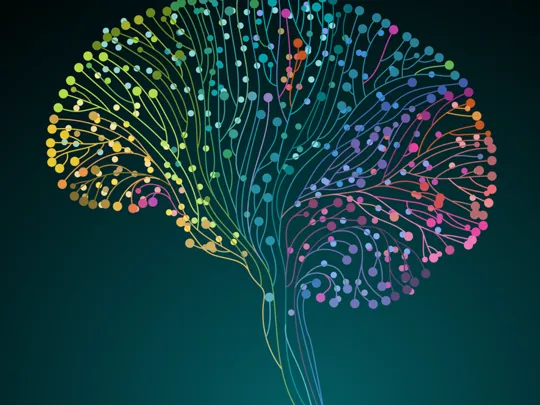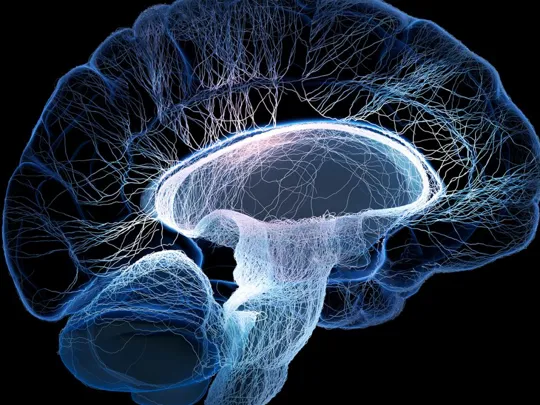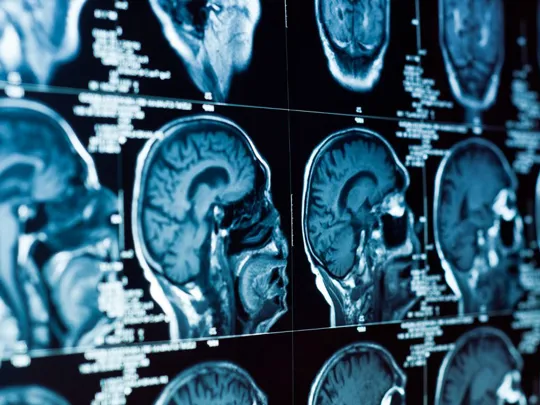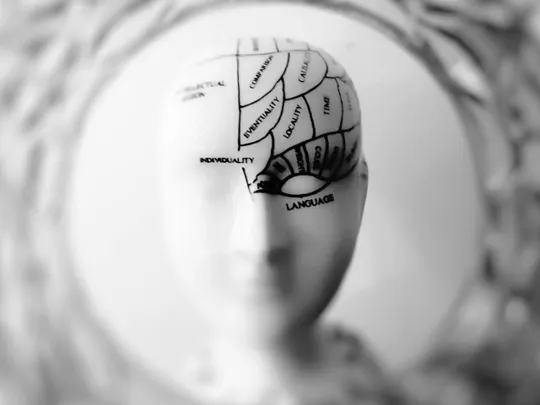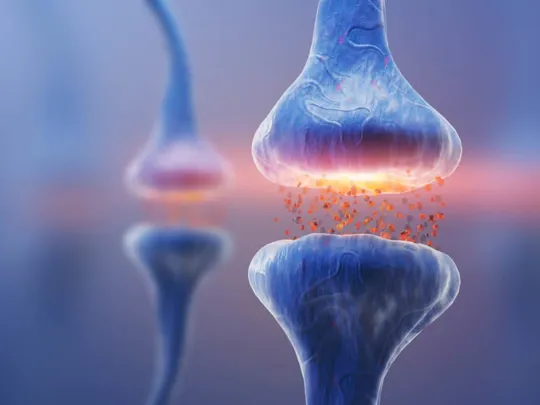Neurons in certain brain areas are specific in which neurotransmitters they release and receive. This means that their action can be affected by particular drugs, both medical and recreational, before their release into the synapse and also during their uptake by the receiving neuron or reuptake by the releasing neuron. Drugs can influence the synapse in two ways: they can either act as agonists or antagonists. Agonists are substances that bind to synaptic receptors and increase the effect of the neurotransmitter. Antagonists also bind to synaptic receptors but they decrease the effect of the neurotransmitter. Therefore, if a neurotransmitter is inhibitory, an agonist will increase its inhibitory characteristics and an antagonist will decrease it. Similarly, an excitatory neurotransmitter will have its excitatory effect increased by an agonist but decreased by an antagonist. Therefore, an agonist amplifies a neurotransmitter’s normal effects and an antagonist reduces them.
Chlorpromazine and haloperidol are antagonists for dopamine as they block the receptors to limit the uptake of dopamine.
Endorphins like opiate drugs, codeine and morphine are agonists as they bind to the neurons to heighten pleasure or decrease pain.
Note carefully that agonists and antagonists do not alter the type of change a neurotransmitter causes. For example, an antagonist will not change an excitatory neurotransmitter into an inhibitory one; it will just lower the degree of the excitatory response.




